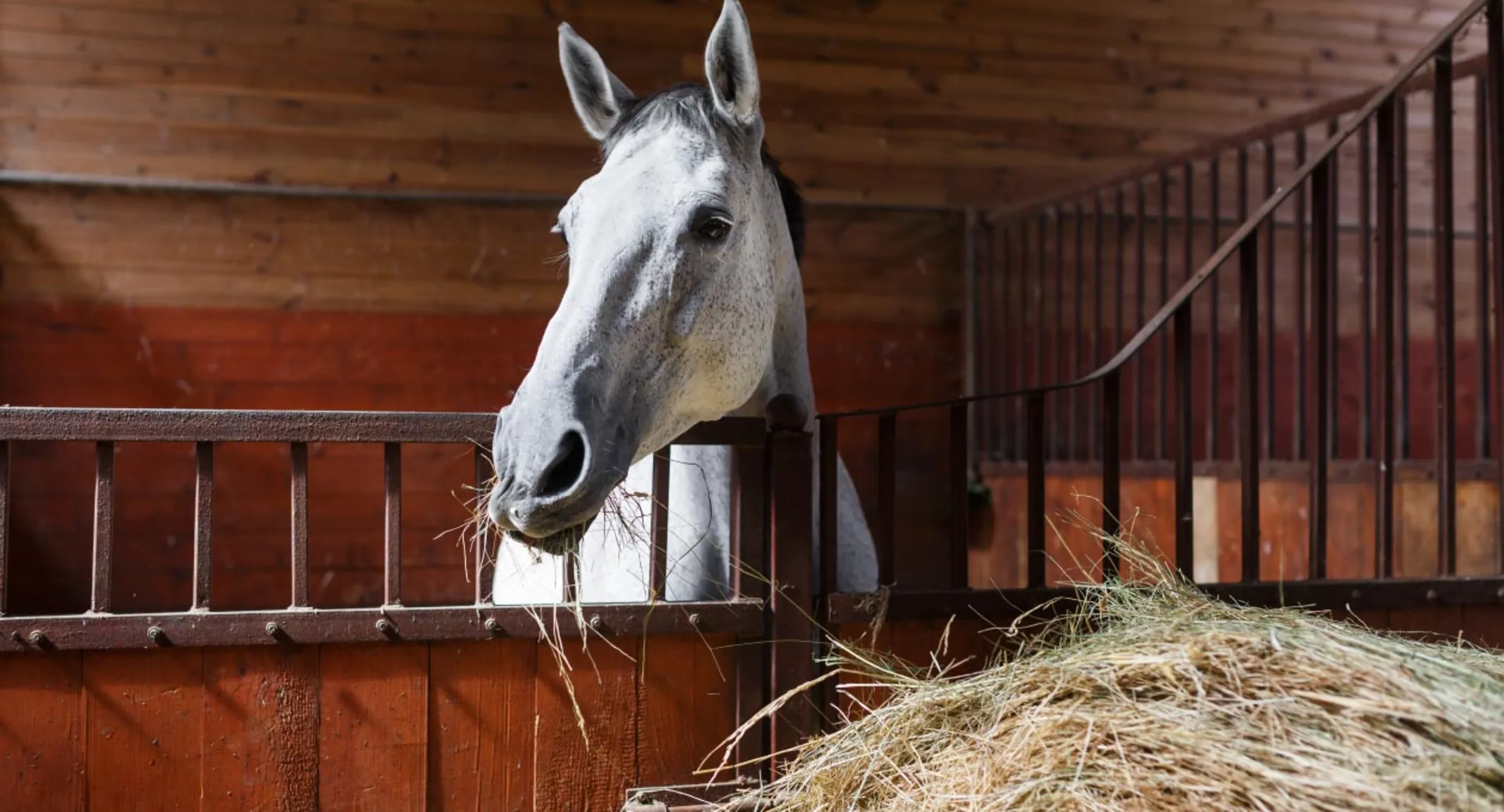Refeeding the Starved Horse
General

As I’m sure you are aware, the economy has been in the dumps for quite a while now. These difficult times have affected most people in some manner or another. People have lost jobs and houses. It’s unfortunate to say, but people are not the only ones suffering due to the poor economy. Many people that used to be able to easily care for and feed their horses are no longer able to do so. Some of these horses may be left to fend for themselves or starve if the owners are no longer able to afford to feed them. The lucky ones find themselves in rescues or foster homes until they can be rehabilitated and offered for adoption. If you have some spare room at your farm and are willing to care for one of these rescued horses, there are several important things that you need to consider.
There are two basic types of starvation: chronic starvation – the horse has been deprived of nutrition for anywhere from several weeks to a year or more; and acute starvation – the horse has been denied access to food for less than a week. From a management standpoint, the acute starvation cases are the simpler to manage. Commonly, these horses have not lost an appreciable amount of weight, and their digestive system is still capable of processing normal amounts of feed. These horses can be offered adequate amounts of moderate quality hay as soon as possible. They can usually be reintroduced to grain within several days. These cases most commonly occur when the owner is away for a short period of time and nobody has fed the horse during this time period.
Chronically starved horses are much more difficult to nurse back to health and a normal weight. Horses can live far longer without adequate food than they can without adequate water. In fact, it may take months of neglect and malnutrition before a horse looks so bad that he is seized by animal control authorities. When a rescue or foster home first receives these sad cases, many people’s first instinct is to offer them as much food as they can eat. This is not appropriate and does much more harm than good. Horses that have been chronically starved have metabolized fat and subsequently muscle to sustain themselves. Their bodies have adapted to extremely low caloric intakes and are incapable of properly metabolizing large amounts of food. The ingestion of a large number of calories results in an increase in blood glucose and a release of insulin. This causes glucose and certain electrolytes to rapidly enter the horse’s cells. The results are severe electrolyte disturbances followed by blood cell dysfunction and death. If a chronically starved horse is rapidly reintroduced to feed, death due to heart and respiratory failure is likely to occur within 3 to 5 days. This is called refeeding syndrome.
Chronically malnourished horses need to be offered small handfuls of good quality hay at least once an hour for the first day of refeeding. On day two, they can have restricted access to their hay. An easy way of doing this is to place the hay in a haynet outside of the bars of the stall. This greatly reduces the rate at which the hay can be consumed. After the first 4-5 days, the horse can begin access to free choice hay and be reintroduced to grain in the form of a complete, pelleted feed such as Equine Senior. No more than ½ lb should be offered twice daily. The amount of grain offered should be very slowly increased until the horse is receiving up to 3 lb per feeding twice daily. After the first week, the horse can be allowed access to a trace mineralized salt block provided he doesn’t consume too much at one time. Loose mineralized salt can be supplied with the grain if the horse is over-consuming the salt block.
There are obviously other health concerns encountered when caring for a malnourished horse. Most likely, the horse has not been dewormed on a regular schedule if at all. To prevent colic from a large number of worms all dying off at once, deworm the horse with a ½ dose of Panacur after its first several days of rehabilitation. If no adverse effects are seen, he can receive a full dose of Panacur two weeks later followed by a full dose of ivermectin two weeks after that. Additionally, the horse should be segregated from your herd for its safety and that of your other horses. The rescued horse may have a large number of parasites or a contagious disease. Allowing it contact with your horses will put them at risk of acquiring the parasites or the disease.
Assisting with the rehabilitation of a starved horse is a time-consuming but worthwhile endeavor. When managed appropriately, these horses can commonly be returned to health and go on to lead normal lives.
Michelle Egli, DVM
Delmarva Equine Clinic
